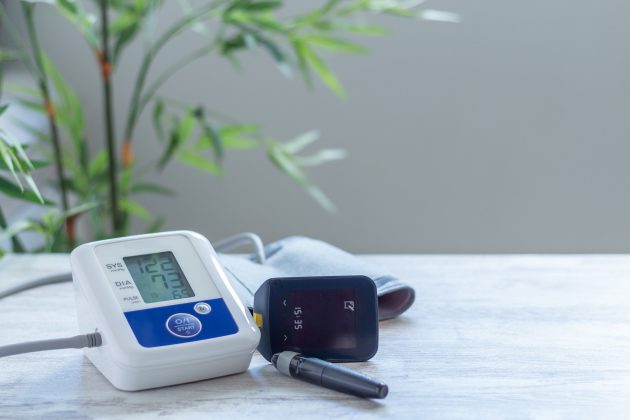
Advanced micro- and nanofluidics to revolutionize point-of-care diagnostic industry
by CM Staff
With the COVID-19 outbreak rapidly decentralizing healthcare diagnostics, the use of microfluidics-based point-of-care diagnostic devices can provide higher accuracy, finds Frost & Sullivan

Advanced Micro- and Nanofluidics to Revolutionize the Point-of-care Diagnostic Industry
SANTA CLARA, Calif. — Frost & Sullivan’s recent analysis, Advanced Micro- and Nanofluidics Revolutionizing the Point-of-care Diagnostic Industry, finds the scientific community has made tremendous progress in making microfluidics more autonomous with the integration of new powering mechanisms and sensor technologies, which can enable at-home or self-test devices.
New materials with new capabilities, along with advanced fabrication and manufacturing technologies, are entering the space, leading to more integrated, capable, and affordable microfluidic-based point-of-care (POC) devices.
“The high cost of the current microfluidic cartridge readers and difficulty in fabricating complex microfluidic devices demand the adoption of disruptive sensor and fabrication technologies to develop more autonomous and cost-effective devices. Further, new materials and fabrication technologies are already being explored for the low-cost, mass production of devices. As a result, POC diagnosis is expected to be more autonomous, enabling at-home tests in three to five years,” said Sneha Maria Mariawilliam, TechVision Senior Research Analyst at Frost & Sullivan in a prepared statement. “The future of POC diagnosis includes a non-invasive or minimally invasive and self-powered epidermal microfluidic device, which can draw and use very small samples for multiplexed analysis of analytes and is integrated with information technologies.”
Mariawilliam added: “As healthcare is moving toward patient-centered care and personalization, investing in and developing technologies such as epidermal microfluidics, artificial intelligence (AI), and Internet of Things (IoT) will enable companies to be frontrunners in the industry. Keeping track of and investing in technological advancements in materials, fabrication, and sensors to build self-powered and autonomous POC devices is essential for designing and developing more integrated and cost-effective solutions, and also penetrating new POC settings such as self-testing and home care.”
Key companies and investors need to focus on the following growth opportunities to optimize the capabilities of microfluidic and nanofluidic technologies:
- Self-contained Microfluidic Devices to Enable the Expanded Scope of POC Diagnostics: Companies can exploit the technological advances in integrated sensors and self-powered microfluidic devices to build autonomous microfluidic systems for at-home or self-testing diagnostic devices.
- 3D Printing to Enable Low-cost, Disposable POC Devices: POC diagnostic companies can adopt 3D printing to develop and launch new products using the 3D manipulation of fluids and surfaces.
- Flexible Microfluidics to Enable Real-time Assessment of Health: Real-time health assessments are growing in importance because they enable personalized medicine, which is a current healthcare trend. Therefore, exploring flexible microfluidics technology to develop new wearable sensors is recommended.
- Integration with Communication Technologies to Enable eHealth Diagnostics: IoT-based and connected diagnostic platforms such as wearable sensors are the future of POC diagnostics. With telemedicine growing in demand due to the COVID-19 pandemic, it is essential to connect POC diagnostic devices to the internet.